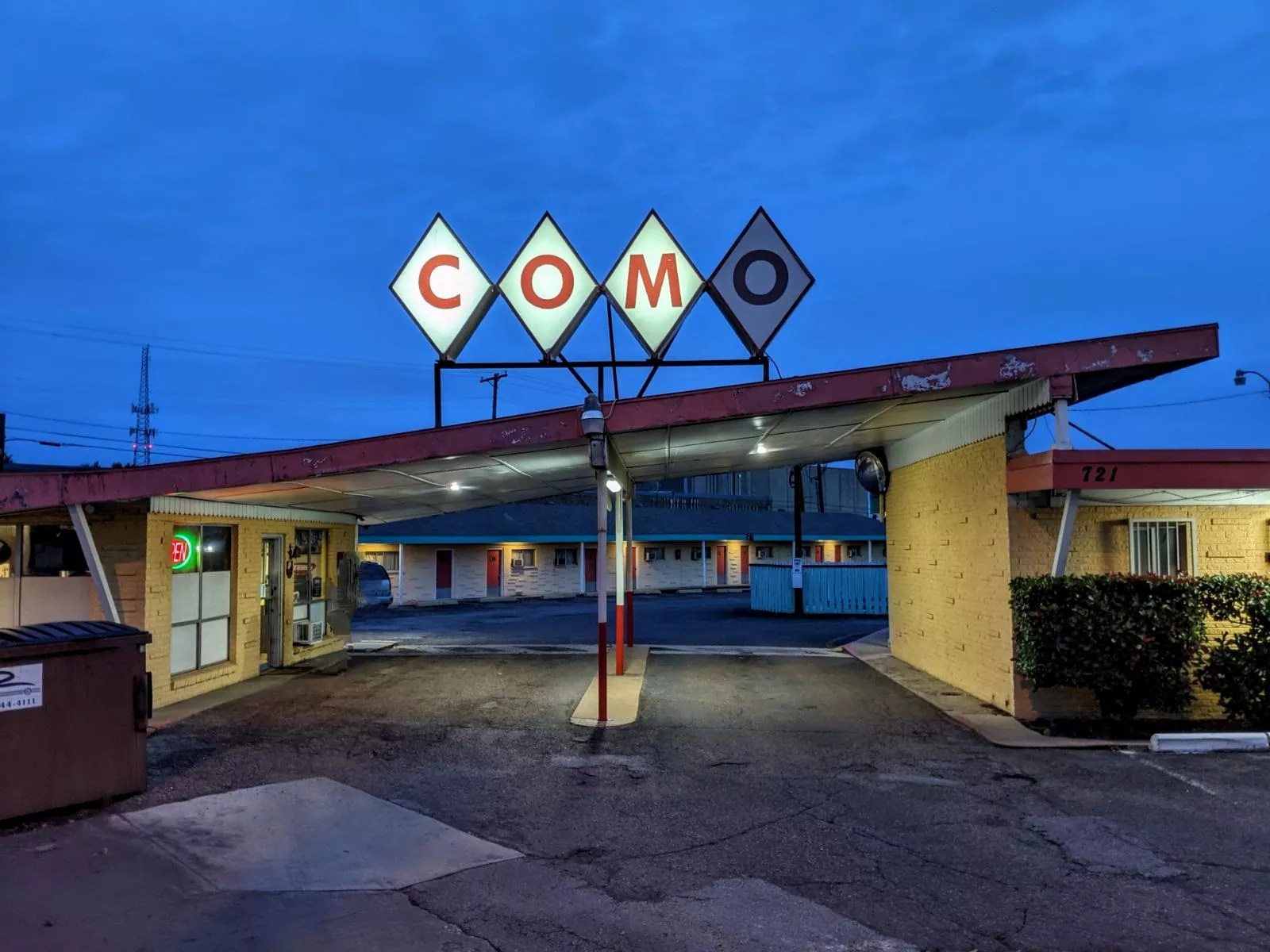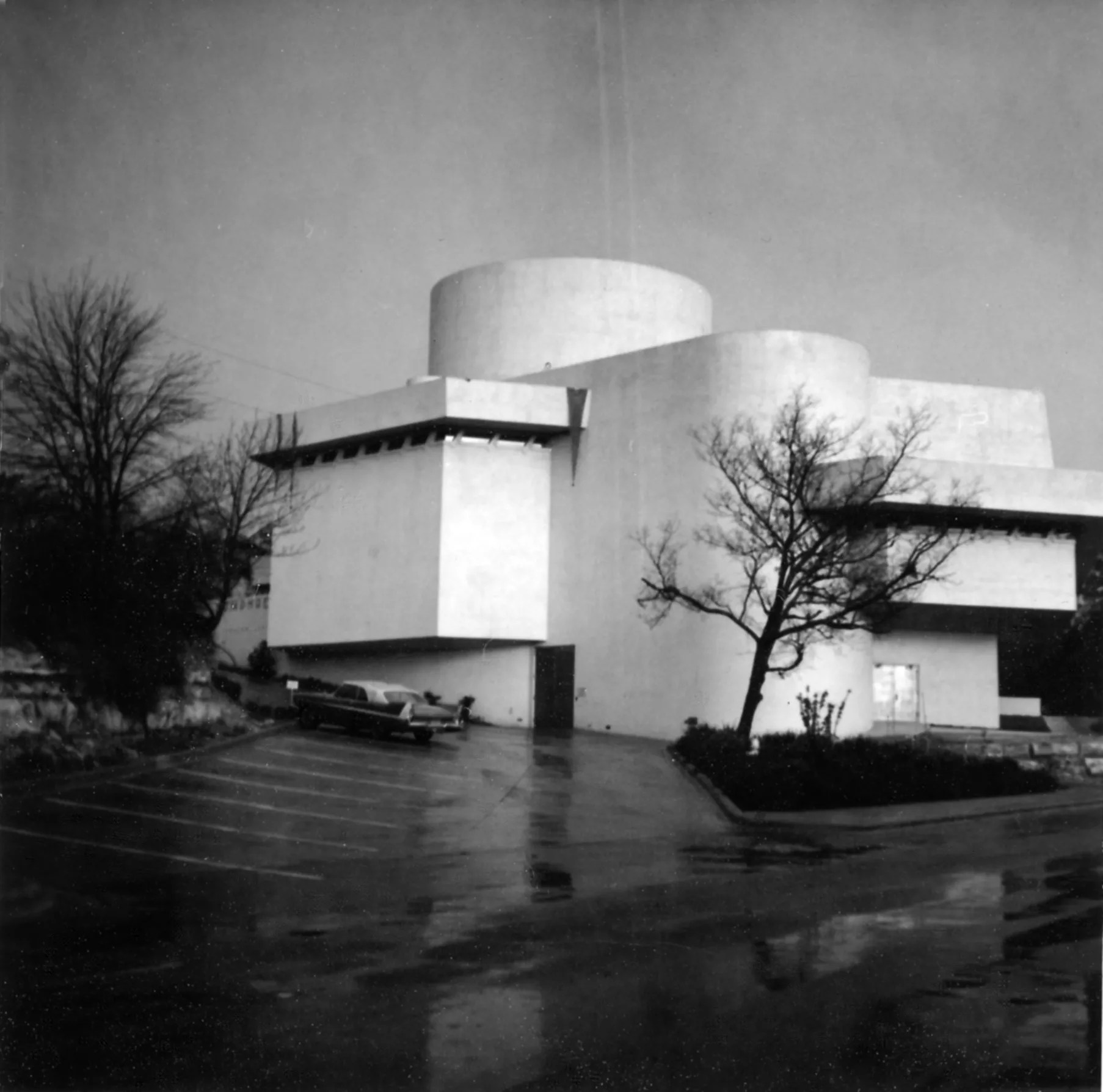
Reid Robinson

Audio By Carbonatix
What do old buildings falling into disrepair across Dallas and an ancient French cathedral have in common? According to local advocates for the preservation of historic structures, possibly everything.
In 1825, the writer Victor Hugo penned an essay called “War on the Demolishers,” a plea to the people of France to see the value in medieval architecture and its conservation. This came at a time when, in the aftermath of the French Revolution, older buildings were widely seen as relics of the monarchy that stood in the way of modern structures that reflected modern values. One building that faced potential destruction was Notre Dame Cathedral, whose bricks were being eyed to build a new bridge over the River Seine.
Hugo believed that structures like Notre Dame were worth more than the dirt they stood on and the materials they were made of. He argued that before the printing press and mass literacy, architecture was the universal language used to tell the story of civilization. To tear down hallowed structures like Notre Dame would be erasing that history.
This was the case he made in “War on the Demolishers” and his much better known work, Notre Dame de Paris (known in English as The Hunchback of Notre Dame). The novel’s success helped the people of France see things Hugo’s way, and thanks in no small part to him, Notre Dame still stands.
This year, make your gift count –
Invest in local news that matters.
Our work is funded by readers like you who make voluntary gifts because they value our work and want to see it continue. Make a contribution today to help us reach our $30,000 goal!
The fight for historic preservation that started with Hugo in Paris continues today in Dallas, where residents are fighting to maintain what they believe to be the cultural character of the city.
Several noteworthy historic properties have faced futures ranging from uncertain to bleak this past year, sparking outrage across DFW.
The Como Motel, a space-age motor inn in Richardson, currently faces such uncertainty. The motel is a prime archetype ideal of ’50s design with its slanted roof and kitschy diamond sign. Even if you’re speeding past it on the highway, it’s instantly recognizable.
The motel was also very famously the site where Candy Montgomery rendezvoused with her lover Allan Gore before she was charged and later acquitted in the murder of his wife in 1980.
When Pappas Restaurants, the Houston-based company that owns chain restaurants Pappadeaux Seafood Kitchen and Pappasito’s Cantina, purchased the property in September, anxiety was high in North Texas over the motel’s future. Thousands of its admirers – ranging from lovers of midcentury design to true crime aficionados – have signed a Change.org petition pleading for its protection.
“Preserving historic landmarks like the Como Motel is crucial for maintaining a sense of community identity and pride,” the petition reads. So far, it has gained more than 5,200 signatures.

The Kalita Humphreys Theater on Turtle Creek Boulevard has suffered from years of deferred maintenance.
Wikimedia Commons
Increased attention has also been drawn to the Kalita Humphreys Theater, the only freestanding theater designed by the renowned architect Frank Lloyd Wright. With its swooping, disk-like design, it’s sometime referred to as “Little Guggenheim” after the famous New York museum Wright was developing around the same time.
While there are currently no plans to demolish the theater, it has fallen into disrepair due to years of deferred maintenance. Despite the wishes of Dallas residents and city officials, the theater’s path to full restoration remains murky and complicated.
The Como Motel and the Kalita Humphreys Theater could be seen as twin Notre Dames for Dallas, architecturally significant marvels proudly representing a different time. But according to many conservation advocates, fame and grandeur shouldn’t be the only measurements used to determine a structure’s value.
Victoria Clow is the president of Preservation Dallas, a nonprofit organization dedicated to preserving and restoring Dallas’ historic buildings. For her, the cause of preservation goes beyond aesthetics.
“When we talk about historic preservation, we’re also talking about sustainability,” Clow says. “The economic impact needs to be considered beyond the cost of renovating the structure.”
When asked for thoughts on higher-profile situations like that of the Kalita Humphreys Theater, Clow makes it clear that her concern for preservation of historic buildings extends beyond just the most notable.
“Preservation isn’t just about buildings built by famous architects. It’s about the cultural fabric of our community,” says Clow. “The structure doesn’t have to be grand to be significant.”
Preservation Dallas’ mission also extends to helping owners of historically significant homes be better stewards of their properties and lengthen their lifespan. They also push for sustainability in the cases of buildings that can’t be saved, encouraging the salvaging of materials.
Given Preservation Dallas’ message of inclusivity when it comes to conservation, it’s fitting that the latest demolition to spark outrage in Dallas was of a previously obscure residential home.
The house at 7226 Lakewood Blvd. was designed by Clifford Hutsell, a prominent architect renowned for his eclectic Spanish revival style. This particular home, built in 1932, displayed irreplaceable craftsmanship, such as stained glass and ironwork that were original to the structure and signatures of Hutsell’s style. The house and all of its artistry was scheduled for demolition this past week.
Much of Lakewood is part of a protected conservation district, a zoning tool that designates areas within a neighborhood with a distinct physical character, but there are dozens of historic homes in the area that fall outside of it. Summer Loveland, owner of another Lakewood Hutsell, founded the committee that is trying to expand the district to include these homes.
“Two and a half years ago, I saw a for sale sign go up on a Hutsell,” Loveland says, explaining what inspired her to take up this cause. “Because of some recent development that had been ramping up throughout Lakewood, I was afraid that someone would just see that as a corner lot to develop on,”
Like Preservation Dallas, Loveland believes in the cultural value of preserving older buildings and is frustrated with the motives of those who seek to demolish them.
“So many buyers and developers are looking at our lots as just lots and not homes,” she says. “They see it as that the value is in the dirt.”
As far as the most recent Hutsell scheduled to go, Loveland is choosing to look on the bright side. Several viral Facebook posts have brought attention to Lakewood and its unique architecture.
“The silver lining is that it has brought a lot more awareness to the reason that an expansion of the conservation district is needed,” she says.
Like Clow, Loveland’s attachment to the historic homes stems from more than aesthetic appreciation. They’re a sense of pride for the community strong enough to band together and protect them.
“Really, it’s the character of Lakewood,” she says. “It’s the old homes and the architecture that attracts people here in the first place. We don’t want to have that diminished.”